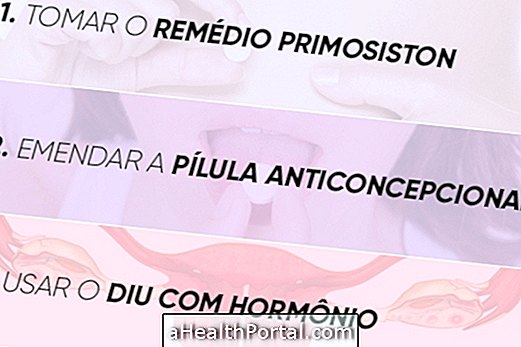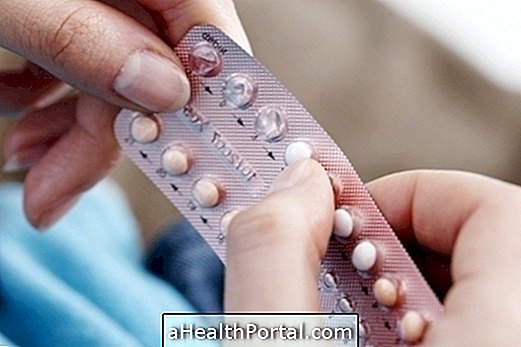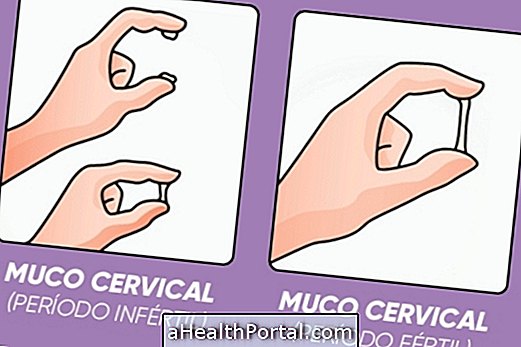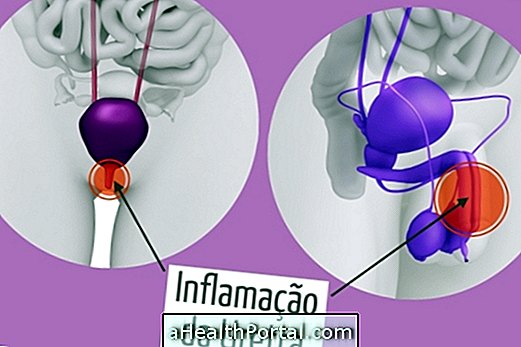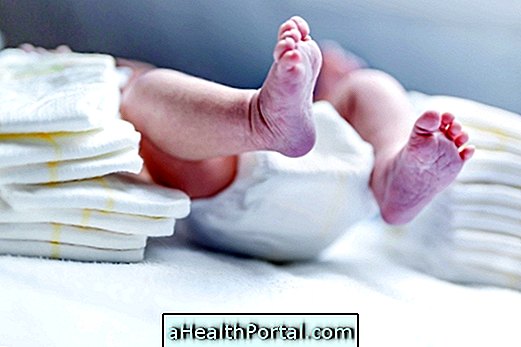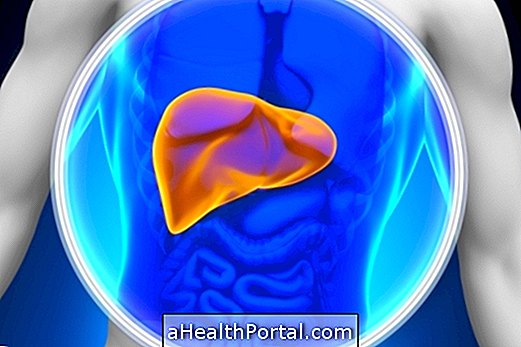The inverted uterus, scientifically known as uterine retroversion, means that the uterus is positioned in the woman's body back toward the back and not facing forward, as is the case in most women, and usually the remaining organs, such as the ovaries and the fallopian tubes, are also backward.
This alteration of the uterus, also known as retroverted uterus, reverse uterus or even overturned uterus, usually does not cause problems and does not prevent the woman from getting pregnant. However, women with an inverted uterus are more likely to develop endometriosis, and this may make pregnancy and pregnancy difficult.


Inverted uterus in pregnancy
In most cases, the inverted uterus in pregnancy does not bring about major complications and does not interfere with pregnancy, except in cases of a fixed inverted uterus causing women to experience pain when urinating, evacuating, during and after intimate contact, whole gestation.
In addition, some women may also find it difficult to urinate between the third and fourth month of pregnancy.
Inverted uterus and normal birth
Generally, delivery in the case of an inverted uterus may be normal, and a cesarean only is not necessary for this reason. Most often, up to the 12th week of gestation, the uterus adopts a position that is closer to normal, facing forward and flexed under the bladder, which facilitates the occurrence of normal delivery.

Symptoms of inverted uterus
The symptoms of the inverted uterus depend on whether the uterus is mobile or fixed. In cases of fixed inverted uterus, symptoms include:
- Pain in the hips;
- Severe menstrual cramps;
- Pain during and after intimate contact;
- Pain when urinating and evacuating.
When the inverted uterus is mobile, women generally have no symptoms, only weak cramps during and after the menstrual period, and sometimes discomfort in certain positions in close contact.
The retroverted uterus has as main causes the incorrect development of the uterus in adolescence, endometriosis or fibroids or even being provoked by pregnancy, and the gynecologist can diagnose this problem through routine exams such as touch and ultrasonography.
Treatment for inverted uterus
The treatment of uterine retroversion should be guided by the gynecologist and, when there is endometriosis involved, the use of hormonal remedies is indicated. Learn more at: Treatment for Endometriosis.
In addition, it may be necessary to perform a surgery such as placing a pessary in the uterus. In this surgery is placed a small plastic or silicone device in the womb to help keep it facing forward. However, there is a greater chance of infection, inflammation and pain during intimate contact, and in some cases surgical removal of the uterus may be considered.
See another problem in the uterus that may impair pregnancy: Understand why the septate uterus can make pregnancy difficult.

